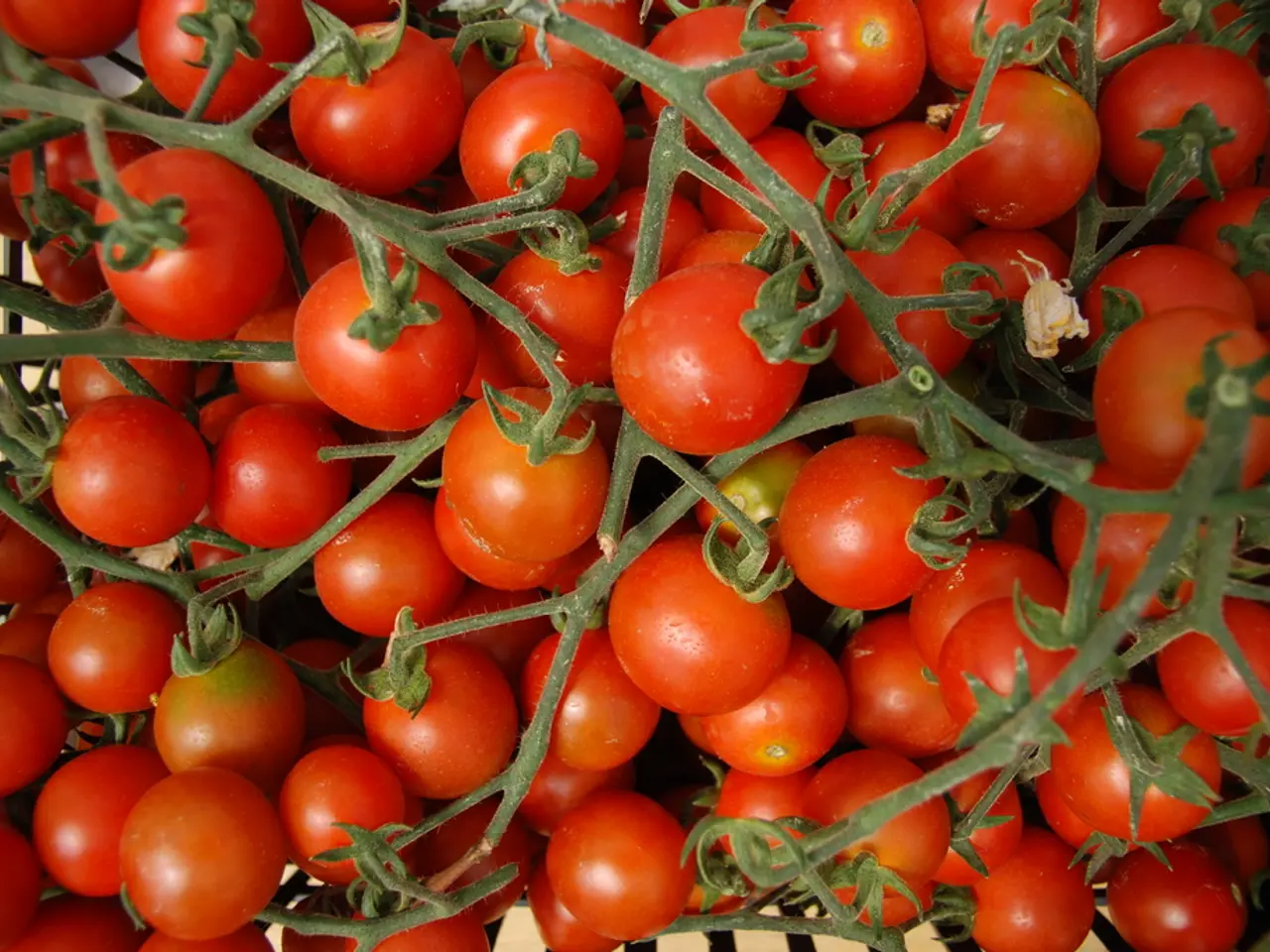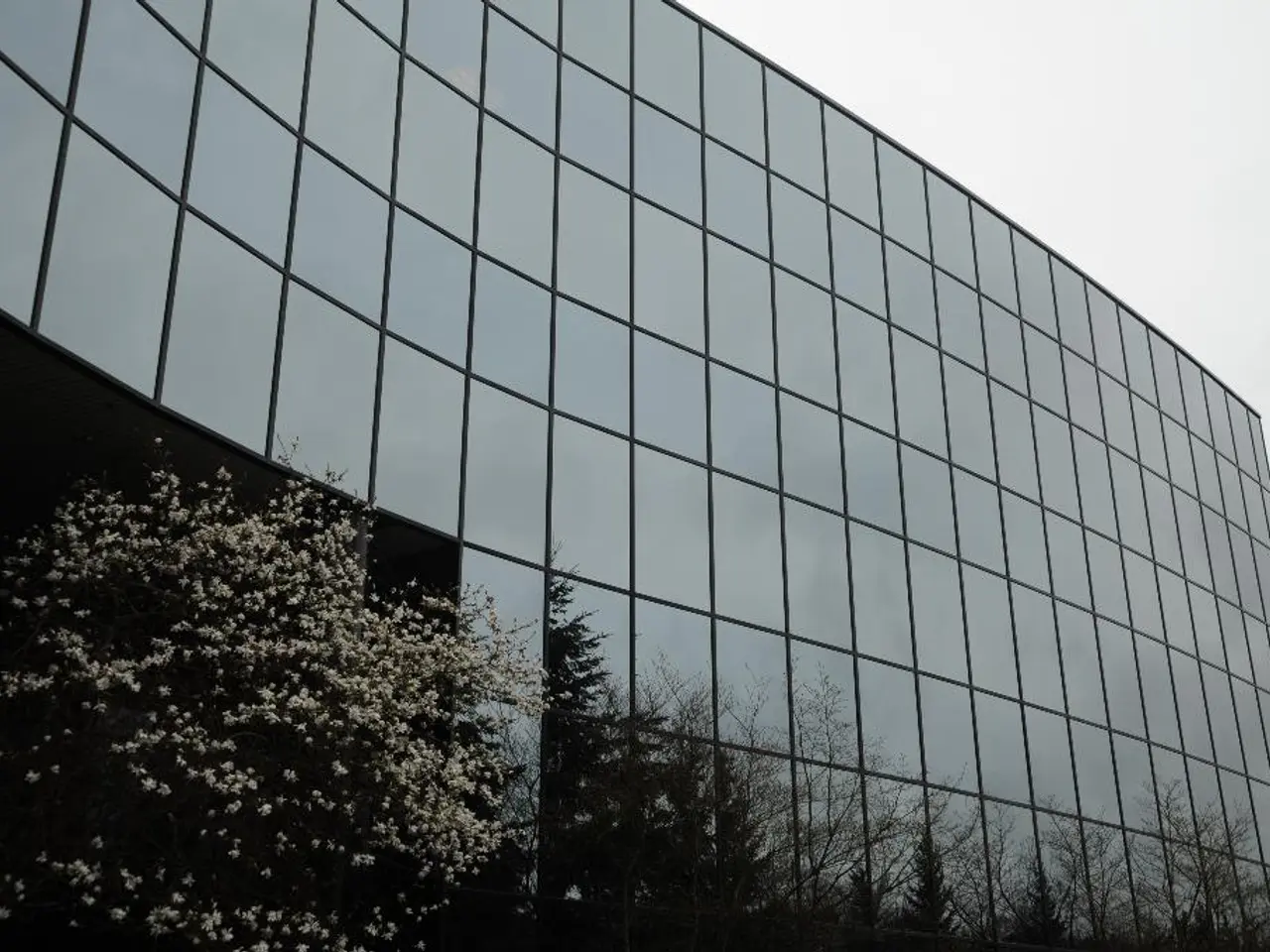Pruning Techniques for Indeterminate Tomatoes: Crucial Guidelines for Robust Vegetation
In the world of gardening, Larry Meyers is on a mission to share his knowledge and create a one-stop shop for all things green. Today, we're diving into the art of pruning indeterminate tomatoes, a practice that can significantly enhance the yield and quality of your harvest.
Pruning is more than just trimming back foliage; it's a strategic approach to channelling a tomato plant's energy towards producing big, juicy tomatoes. Here are the key practices to follow:
Regularly Remove Suckers
Suckers are the side shoots that sprout in the junction between the main stem and a branch. Removing them every 1-2 weeks directs the plant's energy toward producing fruit instead of excessive foliage. Pinch suckers when small to avoid disease entry and make pruning easier.
Control Plant Height by Topping
When the plant grows too tall or reaches a desired height, prune the top to encourage bushier growth and more lateral branches with fruit. This practice helps manage the plant's size and structure.
Remove Lower Leaves
Lower leaves that touch the ground or are prone to disease should be removed to improve airflow and reduce the risk of soil-borne diseases. Only remove leaves up to the first truss of fruit to avoid stressing the plant.
Thin Out Overly Bushy Growth
Above fruit trusses, trim leaves to about one-third length to allow light penetration and promote ripening. This step is crucial for ensuring the plant receives enough sunlight and air circulation.
Avoid Cutting Fruiting Stems
Heavy late pruning can reduce yield, so be more aggressive with pruning as the season progresses, but avoid cutting stems with developing fruit.
Practice Good Hygiene
Sanitizing pruning shears between uses helps maintain the health of the garden. Garden gloves protect hands while working and keep them dirt-free.
Embrace the Benefits
Good airflow keeps the plant disease-free, pruning improves plant health and boosts fruit production, and opening up the plant to more sunlight and air circulation can drastically reduce the risk of diseases.
A Final Word
Following these expert pruning tips can make a noticeable difference in your indeterminate tomato harvest. With Larry Meyers' guidance, you'll be well on your way to a bountiful, disease-free, and delicious tomato crop. Happy gardening!
Summary Table
| Pruning Task | Purpose | Timing/Frequency | |------------------------|------------------------------------------------|---------------------------| | Remove suckers | Direct energy to fruit production | Every 1-2 weeks, while young| | Remove lower leaves | Improve airflow, reduce disease risk | Periodically, up to first truss | | Top the plant | Control height, promote bushiness | When plant grows too tall | | Trim bushy leaves above fruit | Enhance light to fruit for ripening | As needed during season | | Avoid cutting fruiting stems | Prevent yield loss | Always |
Adopting a strategic pruning method can channel a tomato plant's energy towards producing large, succulent tomatoes, much like maintaining a lifestyle focused on home-and-garden tasks can foster a productive garden. The art of pruning, as demonstrated by Larry Meyers' expert tips, involves regularly removing suckers, controlling plant height by topping, removing lower leaves, thinning out overly bushy growth, avoiding cutting fruiting stems, practicing good hygiene, and embracing the benefits of an open plant structure for improved airflow, plant health, and increased fruit production.




